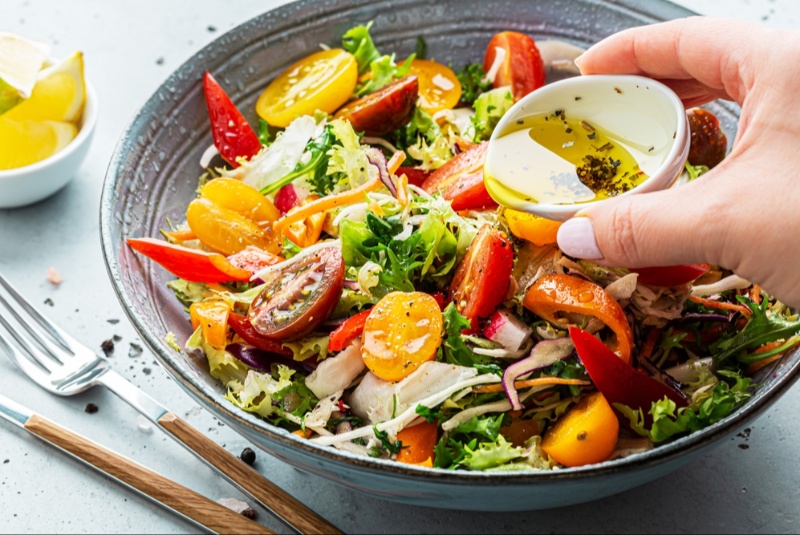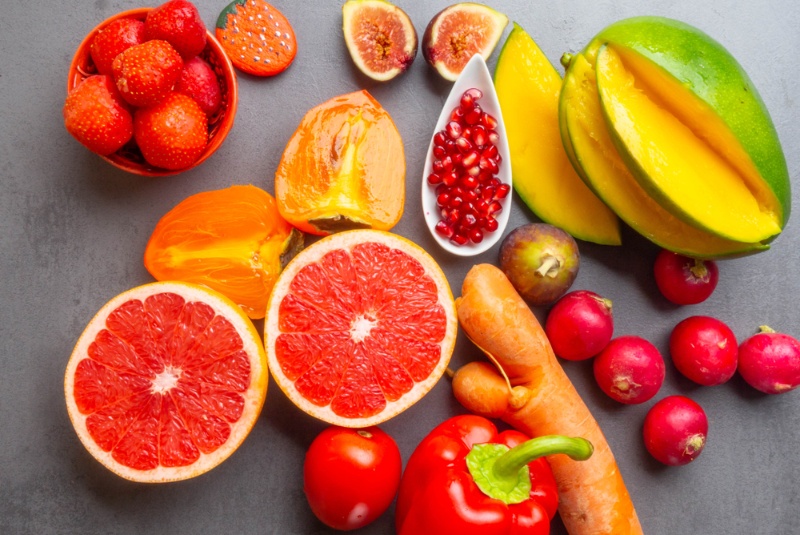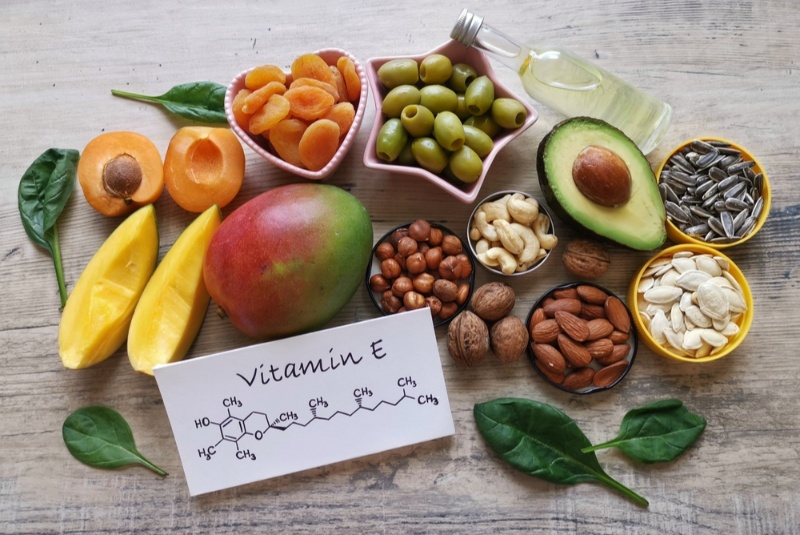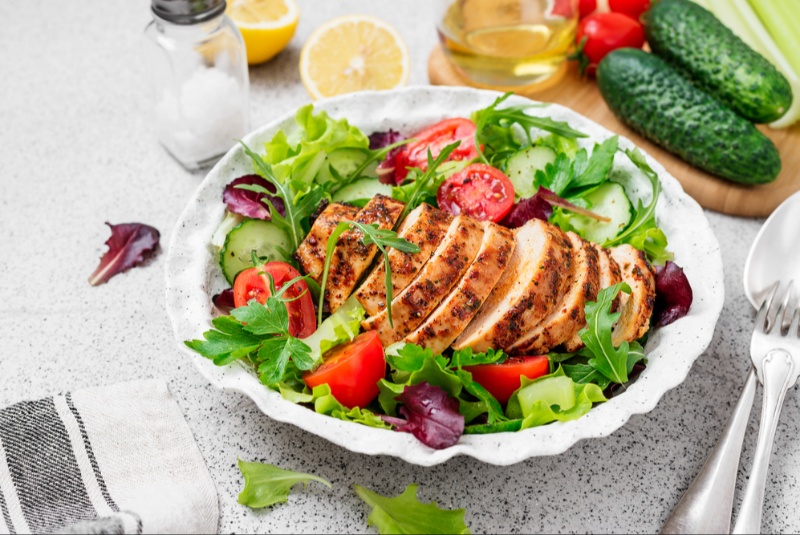Summertime offers a bounty of fresh produce perfect for crafting delicious, nutritious salads that can help support weight loss goals. A well-composed salad not only satisfies hunger with fewer calories but also provides essential nutrients to fuel your body throughout the warmer months. This guide will walk you through how to build a summer salad that is as beneficial to your health as it is delightful to your taste buds. Embracing a variety of ingredients and understanding how to balance flavors and textures can turn a simple salad into a satisfying meal that aligns perfectly with your health and wellness objectives.
Choosing a Base of Leafy Greens
The foundation of any great salad is the leafy greens. Opt for a mix of different types and colors to maximize the variety of nutrients. Dark, leafy greens like spinach, kale, and arugula are rich in fiber, iron, and vitamins A, C, and K, all of which are crucial for maintaining healthy bodily functions. Mixing these with lighter greens such as romaine or iceberg adds crunch and volume, helping to fill you up with minimal calories. This variety not only enhances the nutritional profile but also makes each bite more interesting and enjoyable, which is essential for long-term adherence to a healthy eating plan.
Incorporating High-Fiber Veggies
Adding a variety of other vegetables increases the fiber content of your salad, which is key for weight loss as it helps you feel full longer. Consider colorful, fibrous options like carrots, bell peppers, cucumbers, and tomatoes. These not only add texture and flavor but also bring a host of antioxidants and other nutrients to your meal without a lot of calories. Chopping these vegetables into bite-sized pieces ensures each forkful is packed with a diversity of flavors and textures, making your salad both visually appealing and satisfying.
Choosing Lean Proteins
Protein is essential for building muscle and keeping you satiated. Adding lean proteins to your salad can turn it from a side dish into a satisfying meal. Options like grilled chicken, turkey, tofu, or boiled eggs are excellent choices that keep the calorie count down while providing substantial sustenance. For vegetarians, incorporating quinoa or chickpeas offers a protein-rich alternative that also adds heartiness to the salad. Choosing the right protein not only enhances the filling properties of your salad but also ensures you’re meeting your nutritional needs.
Adding Healthy Fats
Though fats are calorically dense, including a moderate amount of healthy fats in your salad can actually aid in weight loss by increasing satiety. Avocados, nuts, seeds, or a sprinkle of feta cheese provide essential fatty acids and help to absorb fat-soluble vitamins. Choose one source of healthy fat per salad to keep the calories in check. The addition of healthy fats not only enriches the flavor profile but also contributes to the nutrient density of your meal, supporting overall health.
Using Fresh Herbs and Spices
Fresh herbs and spices can elevate a simple salad to something special without adding extra calories. Herbs like basil, cilantro, or mint add a burst of freshness and flavor, which can help reduce the need for high-calorie dressings. Spices such as black pepper, paprika, or a dash of cumin can introduce an exciting twist and enhance the overall flavor profile of your dish. Integrating these natural flavor enhancers not only makes your salad more delicious but also can stimulate digestion and metabolism.

Dressing Wisely
Salad dressings can often be a hidden source of excessive calories and fats. Opt for making your own dressings at home using ingredients like olive oil, vinegar, lemon juice, mustard, and herbs. This not only allows you to control the amount of oil and salt but also avoids the preservatives and sugars often found in store-bought dressings. Keeping the dressing on the side and adding it sparingly can also help you manage calorie intake while still enjoying a moist and flavorful salad.
Adding Texture with Whole Grains
Integrating whole grains like farro, barley, or brown rice can turn your salad into a more filling meal, perfect for satisfying hunger without overeating. These grains add texture and fiber, which aid digestion and prolong feelings of fullness. Be mindful of portion sizes, as grains are more calorie-dense than leafy greens. Including a small amount of whole grains can significantly enhance the satiety of your salad, making it a complete meal that satisfies both your taste buds and your dietary goals.
Portion Control
While salads are generally low in calories, portions still matter, especially when including ingredients like nuts, cheeses, and grains. Use a smaller plate or bowl to help control serving sizes, ensuring that your salad remains a healthy part of your weight loss plan without becoming overly caloric. Proper portion control is crucial in maximizing the weight-loss benefits of your meals without feeling deprived.
Staying Seasonal and Local
Using seasonal and locally sourced vegetables not only supports local farmers but often means that you’re getting produce at its peak flavor and nutritional value. Summer is the perfect time to explore local farmers’ markets to find the freshest ingredients for your salad. Eating seasonally also introduces a wonderful variety to your diet, keeping your meals exciting and varied. This practice not only enhances the taste of your salads but also contributes to a more sustainable and environmentally friendly lifestyle.
Building a summer salad for weight loss involves more than just tossing together lettuce and low-calorie vegetables. By thoughtfully choosing a variety of nutrient-dense ingredients, you can create delicious, satisfying meals that support your health goals. With the right combinations of greens, proteins, fats, and grains, your summer salads can be a delightful cornerstone of a weight loss-friendly diet. Enjoy the process of experimenting with different textures and flavors to find your perfect salad recipe that keeps you feeling full and energized all summer long.




